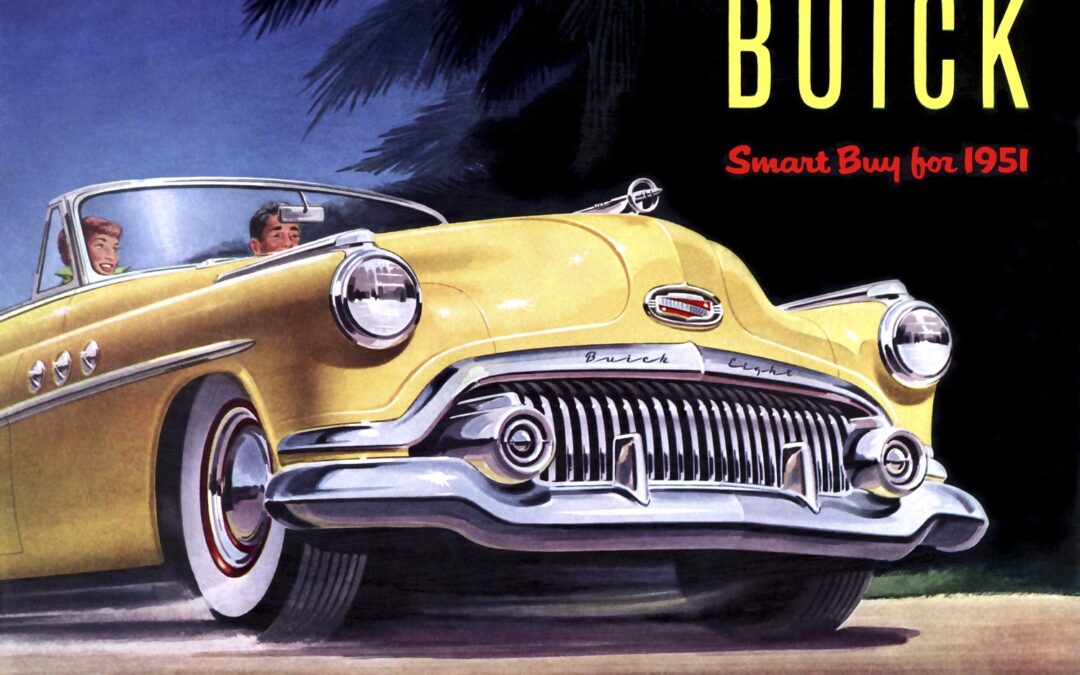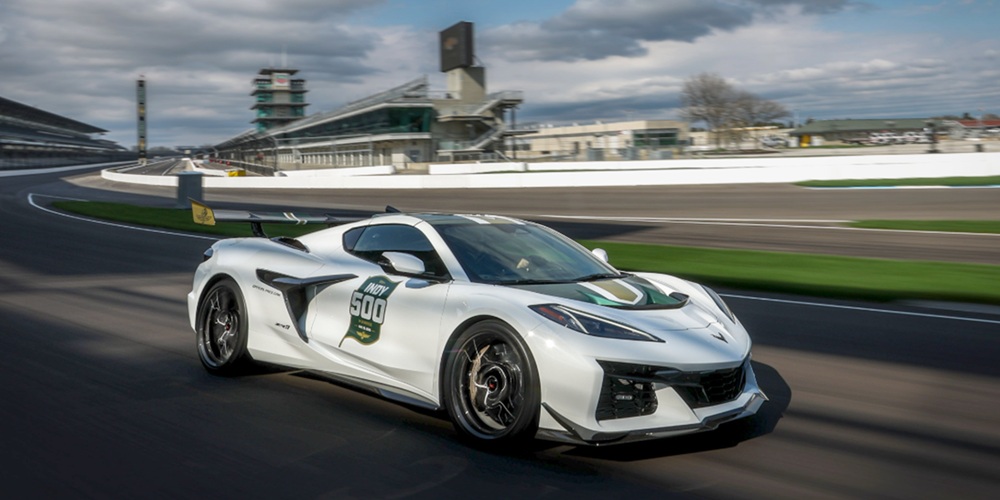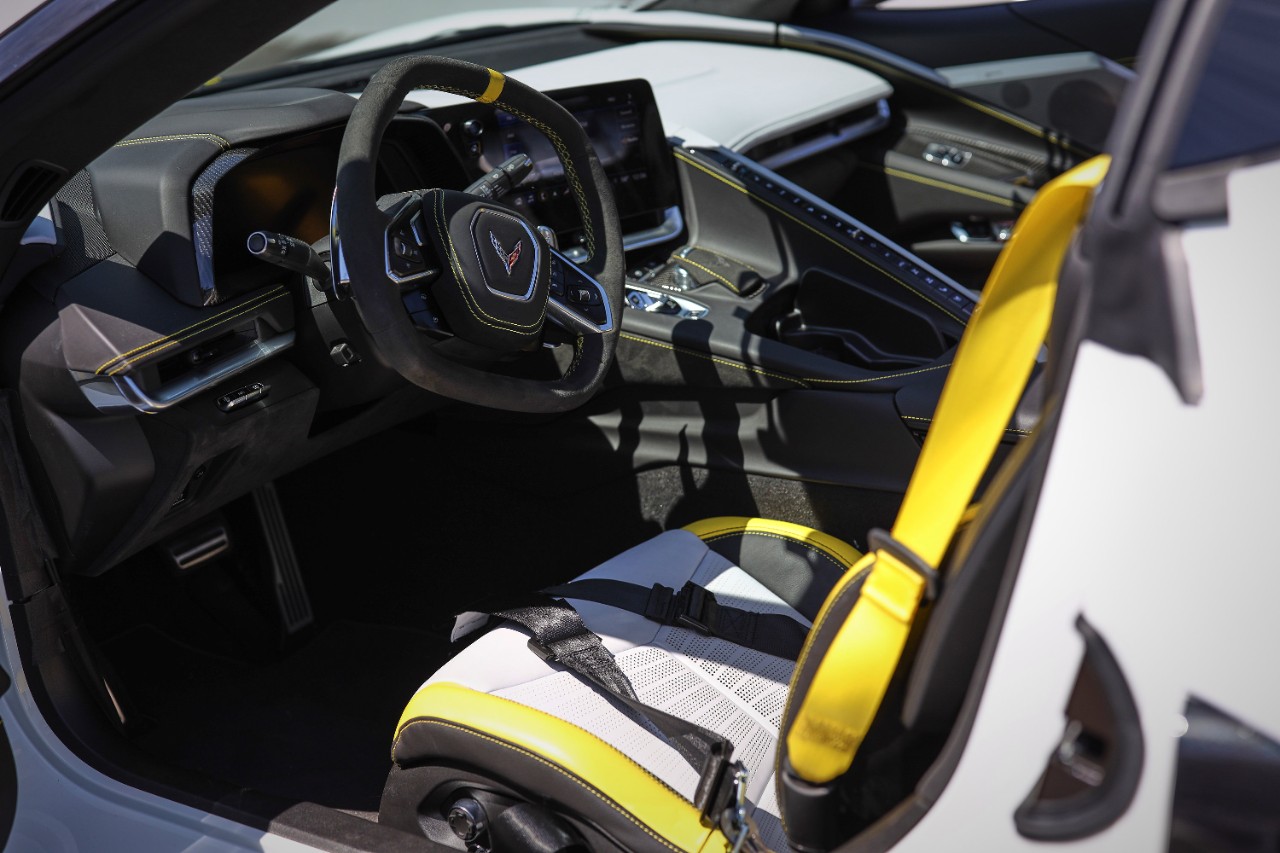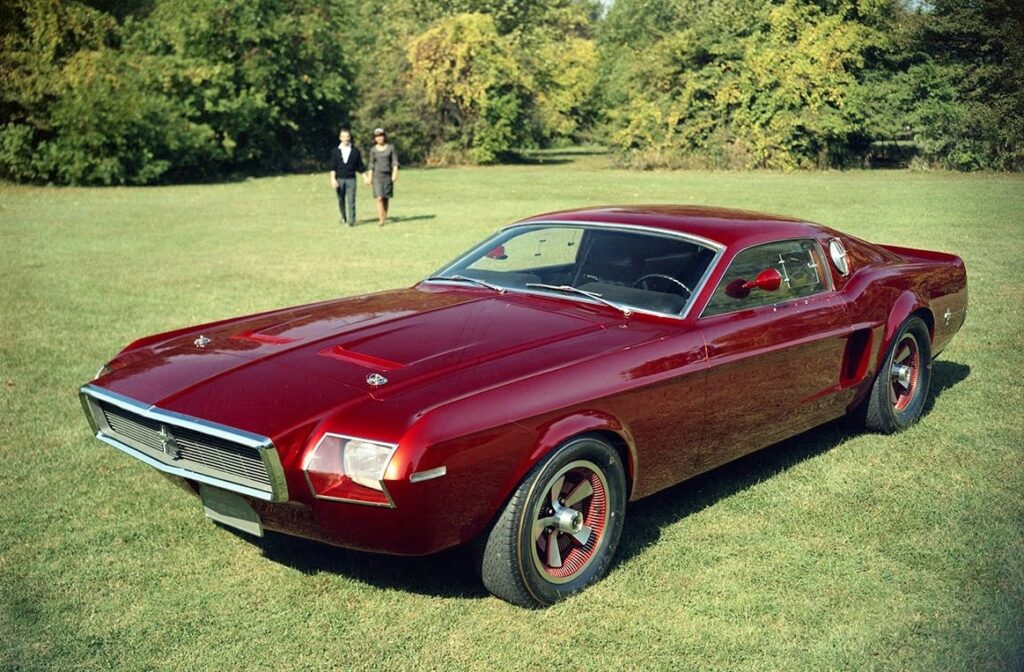The jet-age styling of the 1957 Chevrolet was created by GM design chief Harley Earl and overseen by Chuck Jordan

The 1957 Chevrolet Bel Air Convertible is considered the crown jewel of the “Tri-Five era, 1955-1957. The Bel Air convertible was a head-turner for its flamboyant styling and engineering milestones. It is often referred to as the “ultimate ’50s car” due to its appealing mix of chrome, fins, and V-8 power. (Photos courtesy of GM Heritage Archive)
The 1957 Chevrolet Bel Air was a masterclass in Jet Age styling. Its fast lines reflected the optimism and technological fascination of 1950s America. Led by two legendary GM designers, chief Harley Earl and overseen by Chuck Jordan, the car was intentionally styled to mimic high-end luxury and modern aviation.
The 1957 Chevrolet Bel Air convertible was Chevrolet’s top-of-the-line model that year, marking the end of the popular “Tri-Five” generation — 1955-1957.

The 1957 Chevrolet was a monster on the track, winning 49 NASCAR Grand National races, more than any other car in NASCAR history. This 1957 Chevy Bel Air was photographed on track at Daytona.
Key Design Inspirations
Jet Aircraft and Rocketry: The most famous features—the sharp tail fins—were inspired by the rear stabilizers of military aircraft. This theme continued with twin rocket-style hood ornaments and front bumper guards (bumperettes) that resembled jet fighter nose cones.
A “Baby Cadillac” Influence: To keep up with rivals, Chevrolet executives wanted the car to look more expensive than it was. To create an upscale “imperial” feel, designers borrowed several cues from Cadillac. Among the treatments were a chrome-heavy front grille with gold anodized trim on the grille and emblems.
Ferrari-Inspired Front End: While the rear was all American jet, the front grille took subtle inspiration from Italian Ferrari designs of the era. The stance was intended to appear wide and aggressive.
The “Motoramic” Concept: This was a marketing and design philosophy at GM aimed at making cars look lower and wider. For 1957, this was achieved by switching from 15-inch to 14-inch wheels, which dropped the car’s center of gravity and enhanced its sleek, “moving while standing still” silhouette.

1957 Chevrolet Bel Air convertible in Larkspur Blue with India Ivory rear fins. A restored Bel Air Convertible in this color scheme typically commands between $95,000 and $135,000 depending on the engine (V-8 vs. Fuel Injection).
Notable Cosmetic Details
Gold Accents: Exclusive to the Bel Air trim, the mesh grille and fender chevrons were finished in gold.
Ribbed Aluminum Inserts: Side “spears” on the rear quarters were filled with ribbed aluminum to further distinguish them from the lower-tier 150 and 210 models.
Hidden Fuel Filler: In a clever bit of design integration, the gas cap was hidden behind a chrome trim piece above the left tail fin. The treatment helped maintain the car’s clean lines.

50th Anniversary 1955 Chevrolet Bel Air sport coupe in solid color gold, marking the 50th million GM vehicle. Every piece of hardware that was normally chrome or stainless steel—including the bumpers, trim, and grille—was plated in real 24-karat gold.
Technical Innovations
Turboglide Transmission: A new automatic transmission that featured a “Hill Retarder” to help save the brakes on steep downgrades.
Safety Upgrades: Chevrolet introduced “crash-proof” door locks, padded dashboards, and optional seat belts (which were rare for the era).
Racing Success: The ’57 Chevy was a monster on the track, winning 49 NASCAR Grand National races, more than any other car in NASCAR history.
The 1957 Bel Air Convertible
The convertible body style spoke to the lure of the open road in the 1950s. Its soft-top roof could be raised or lowered with a push-button. Approximately 47,562 convertible units were sold that year.
Innovative Options: The ’57 models offered many options previously reserved for luxury cars, including:
- Power brakes, steering, and windows;
- Air conditioning;
- The “Autronic eye” for automatic headlight dimming.
* The Turboglide turbine automatic transmission was also available.

1957 Chevrolet Bel Air convertible in Surf Green and India Ivory.
Three Main Series for 1957
Chevrolet offered 20 different models across three distinct series, including convertibles (only on 210 and Bel Air models) and station wagons:
Bel Air: High-end and upscale; $2,290-$2,757 w/6-cylinder;
Two-Ten: Midrange features and pricing; $2,174-$2,402 w/6-cylinder;
One-Fifty: Economy and fleet models; $2,048-$2,307*w/6-cylinder.
*Note: Add $100 for a V-8 engine.

1956 Chevrolet Bel Air hardtop sedan driver area with rare option of air conditioning.
1957 Bel Air Engine Family
The 1957 Chevrolet offered a wide and powerful range of eight engine options for the Bel Air, including the famous small-block V-8s (which were painted orange, except for some early 265s) and a powerful straight-six.
While the standard engine was a 235 cubic-inch straight-six, the car’s performance was driven by the optional 283 cubic-inch small-block V-8.
Inline-Six: 140-hp 235.5 cubic-inch, single one-barrel carburetor. Base engine, known as the “Blue Flame Six.” In 1957, the six-cylinder was an economical and reliable choice, often paired with the manual transmission or the Powerglide automatic, offering a more practical, lower-cost option than the performance-oriented V-8s.
V-8 Turbo-Fire: 162-hp 265 cu. in. two-barrel. The entry-level V-8 option.
V-8 Turbo-Fire: 185-hp 283 cu. in. two-barrel. The standard 283 V-8.
V-8 Super Turbo-Fire: 220-hp 283 cu. in. four-barrel. The most common optional performance engine.
V-8 Super Turbo-Fire: 270-hp 283 cu. in. two 4-barrel. High-performance option, often called the “Dual Quad.”
V-8 Fuel-Injected: 250-hp 283 cu. in. Rochester Ramjet Fuel Injection. Early fuel injection option.
V-8 Fuel-Injected: 283-hp 283 cu. in. Rochester Ramjet Fuel Injection. The top engine achieved the milestone of one horsepower per cubic inch.
The powerful V-8 options put Chevrolet into the competitive motorsports arena and greatly contributed to the car’s popularity.

1957 Chevrolet Bel Air Nomad wagon in two-tone Highland Green (a deep, dark metallic green) with Surf Green (the lighter pastel green) on the roof and upper body. The 1957 Chevrolet Bel Air Nomad remained the division’s most expensive car.
1957 Chevrolet Bel Air Retail Pricing
The original price for the Bel Air models was relatively affordable, though the convertible was significantly more expensive than the hardtop. A V-8 option added just $100 for most models. The final price would increase depending on the engine choice (such as the high-performance Fuelie V-8) and optional equipment, such as power steering and power brakes.
The 1957 Chevrolet Bel Air was offered in two- and four-door sedan styles:
Four-Door Sedan (Post Sedan): The base price for the 4-door sedan with a V-8 engine was approximately $2,390. This body style featured a structural “B-pillar” between the front and rear doors. This was the entry price for the top-trim Bel Air, making it one of the most popular and accessible choices for buyers wanting the iconic ’57 style.
Four-Door Sport Sedan (Hardtop): This model, often called the 4-door hardtop, had a slightly higher MSRP of $2,399, as it lacked the central B-pillar. The styling gave the sport sedan a sleeker, open look when the windows were down.
2-Door Sport Coupe (Hardtop): Around $2,399, with V-8;
2-Door Convertible: Approximately $2,611, with V-8).
These prices were for the base V-8 versions. Opting for the top-tier fuel-injected engine added about $500 to the cost.
Note: Pricing details from the “3rd Edition of Standard Catalog of American Cars 1946-1975.”

The front seat area of the1956 Chevrolet Bel Air sedan 6 cylinder.
1957 Bel Air Transmissions
The 1957 Chevrolet Bel Air was available with a manual or automatic transmission.
The primary transmission options available were:
3-Speed Manual (Synchro-Mesh): This was the standard transmission. It offered a 3-speed setup and utilized a high-capacity 10-inch semi-centrifugal clutch. A special close-ratio version was available, particularly for the high-performance engines.
3-Speed Manual with Overdrive (optional): This was a popular option for highway driving; it added an overdrive gear to the standard 3-speed manual, allowing for lower engine RPMs at cruising speeds.
2-Speed Powerglide Automatic (optional): This was Chevrolet’s venerable 2-speed automatic transmission, offered since 1950. It was the most common automatic choice, known for its simplicity and relatively smooth operation. (Some enthusiasts referred to it as the “slush box.”)
Turboglide Automatic (Optional): Introduced for the 1957 model year, the Turboglide was a more advanced, turbine-driven automatic transmission. It was designed to offer a smoother, more continuously variable feel (similar in effect to modern CVTs), avoiding distinct shifts. However, due to its complexity and reputation for reliability issues, many buyers stuck with the simpler Powerglide.
Today, collector prices for a pristine, original convertible with the 283 hp Fuelie engine can exceed $100,000.

1957 Chevrolet Bel Air wagon, two-tone Matador Red and India Ivory.
Sources for this story include: Wikipedia;
GRAutogallery
Audrain Auto Museum.






















































